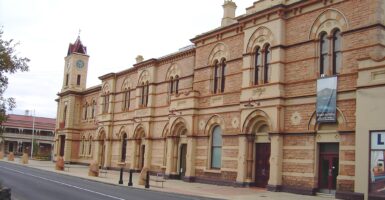These 20 Architectural Styles Were Once Popular But Suddenly Disappeared
Ever walked past an unusual building and wondered, “Why don’t they make them like that anymore?” As our cities evolve, certain architectural styles fade into history like old photographs. What causes these once-beloved designs to vanish from our streetscapes, leaving behind only scattered examples of their former glory?
Here are fascinating architectural styles that once dominated skylines and neighborhoods before swiftly departing from the mainstream.
Googie Architecture
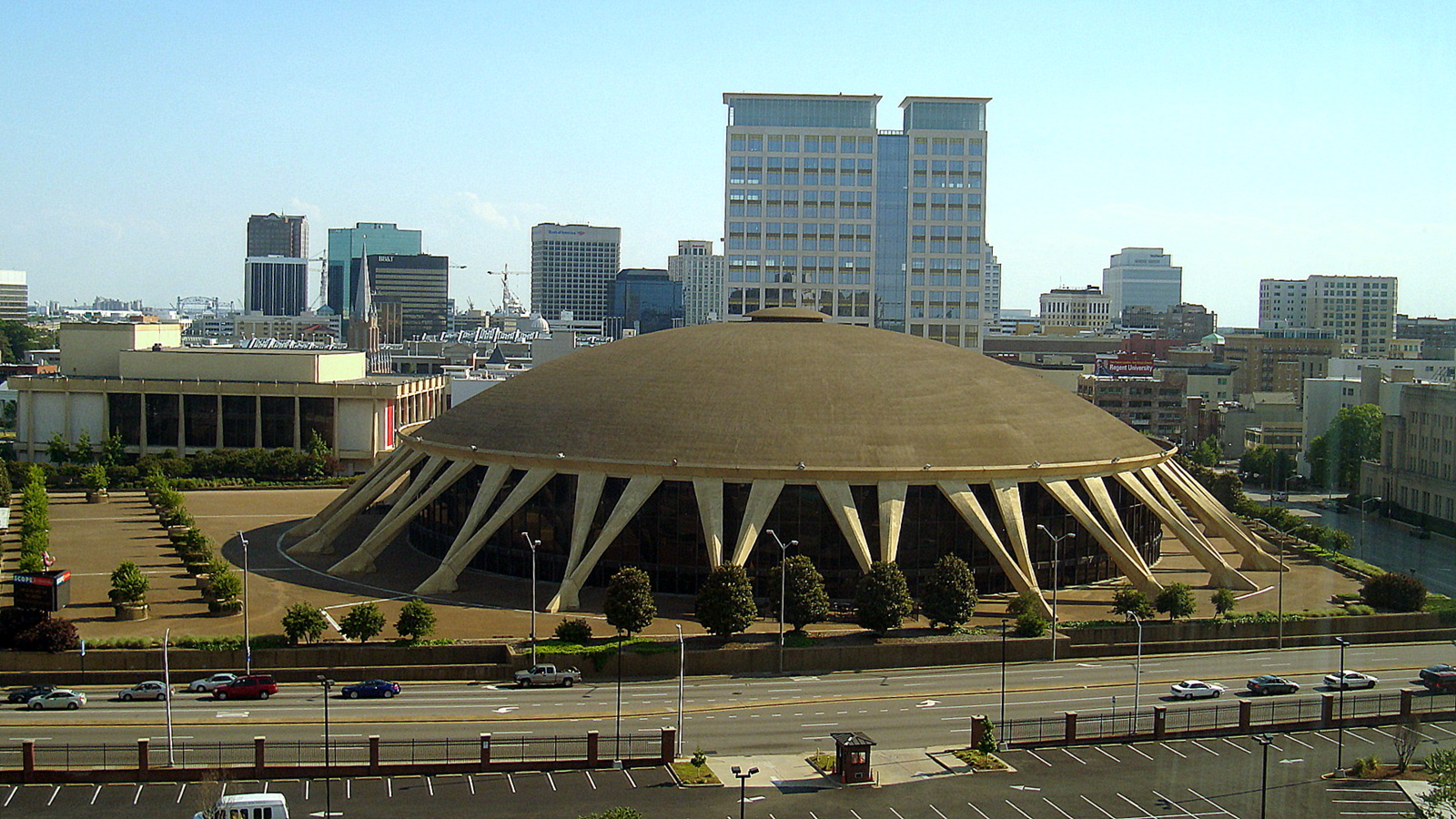
Flying saucers, atomic age symbols, and impossible angles – Googie architecture embodied America’s space-age optimism. Coffee shops and motels sported boomerang-shaped roofs and starburst signs that seemed to defy gravity.
Then, almost as quickly as it arrived, this futuristic style vanished, leaving behind only a handful of preserved diners still serving up nostalgia with their coffee.
Brutalism’s Bold Experiment

Raw concrete, imposing forms, and uncompromising geometry defined this controversial style. University campuses and government buildings embraced these fortress-like structures until public opinion turned against their stark appearance.
What was once seen as honest and forward-thinking became viewed as cold and uninviting. Today’s developers actively replace these concrete giants, though a passionate preservation movement fights to save them.
Like Go2Tutors’s content? Follow us on MSN.
Art Deco’s Brief Sparkle
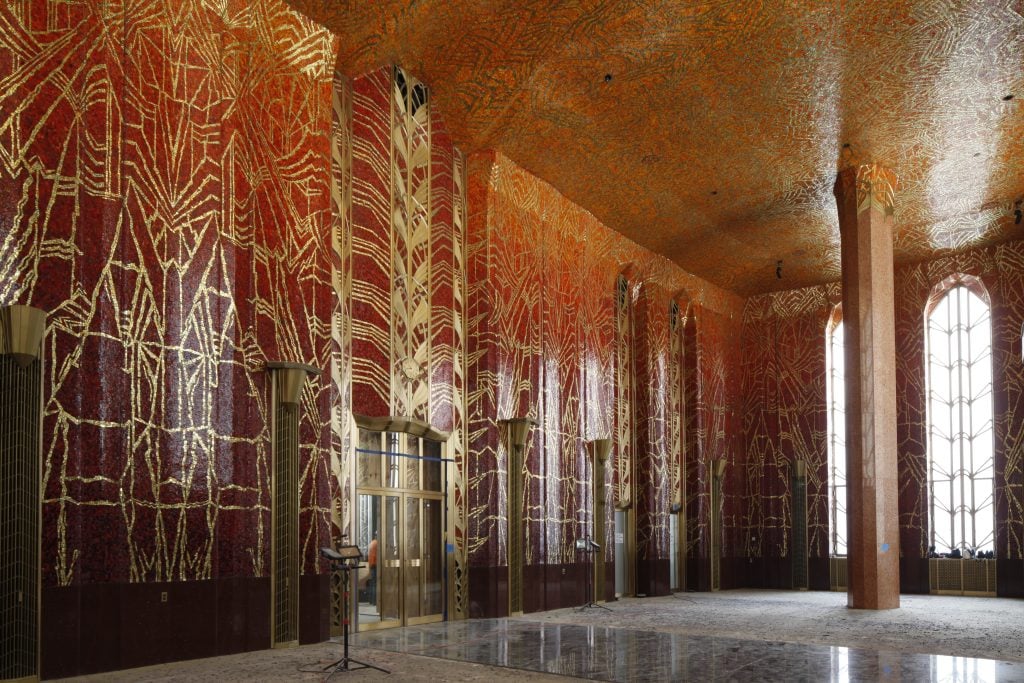
The roaring twenties brought us streamlined forms decorated with geometric patterns and luxurious materials. Movie palaces and skyscrapers reached for the heavens with stepped profiles and elaborate ornamentation.
The Great Depression cut short this lavish architectural party, though cities still cherish their remaining Art Deco treasures.
Split-Level Suburban Dream
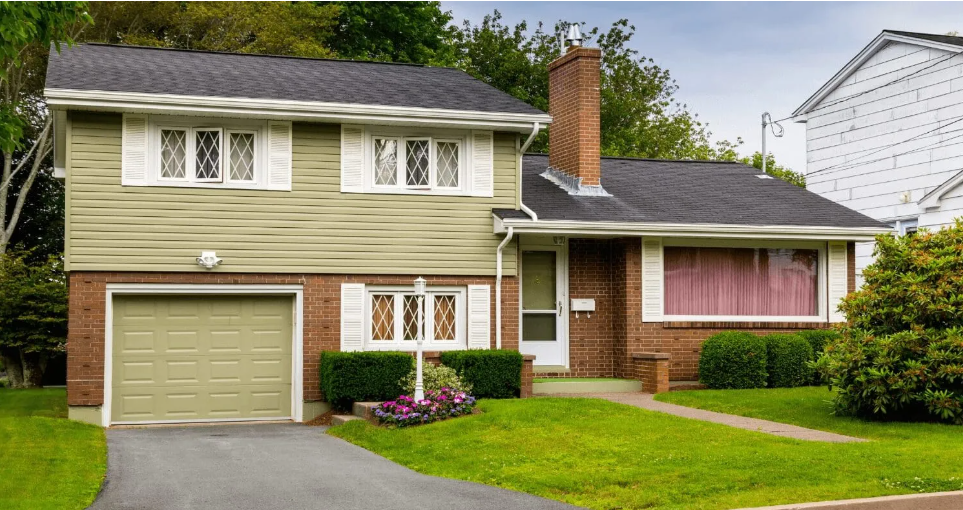
These half-floor transitions once represented the height of mid-century modern living. Perfect for sloping lots and growing families, split levels dominated new developments until open-concept living made their compartmentalized spaces feel outdated.
Now, they are often targets for major renovation or replacement.
Postmodern Playfulness
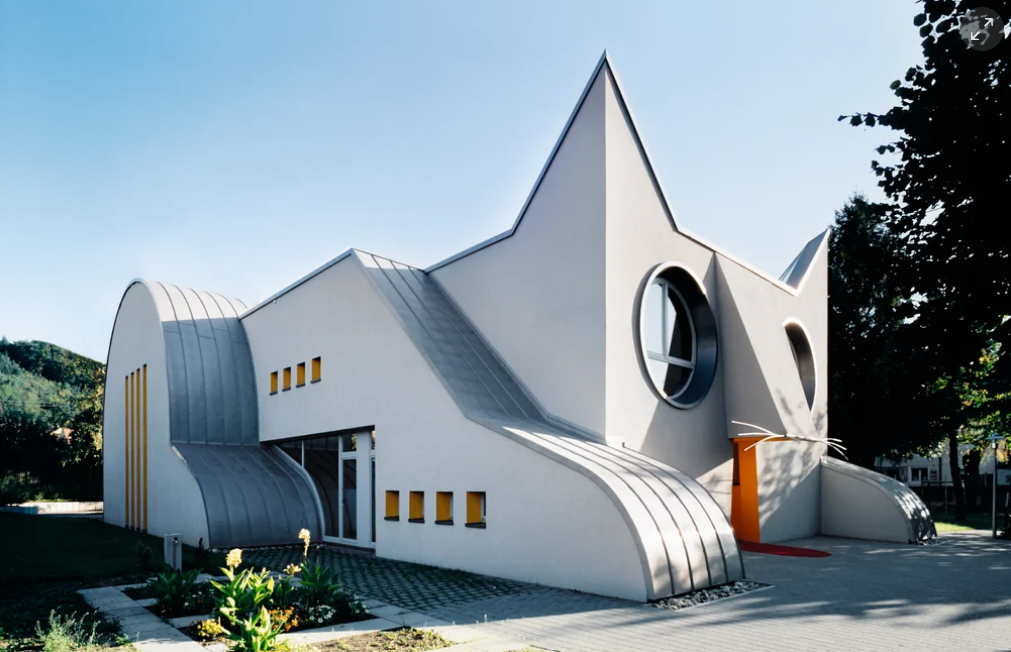
Bold colors, historical references, and playful proportions characterized this rebellion against modernism’s severity. Corporate headquarters and cultural institutions embraced these whimsical designs until they began to feel more like architectural jokes than serious statements.
The style faded as quickly as it arrived, leaving behind some eye-catching remnants.
Like Go2Tutors’s content? Follow us on MSN.
Streamline Moderne’s Smooth Curves
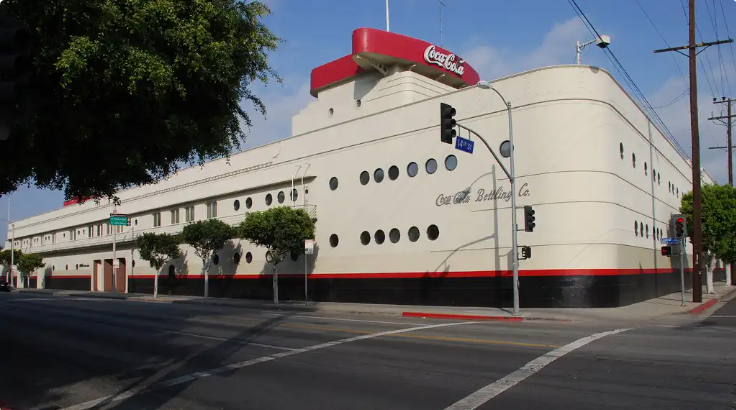
Imagine buildings trying to slip through the air like luxury locomotives. Curved corners, speed lines, and nautical elements created an impression of movement even in stationary structures.
This elegant style could not survive the post-war building boom’s demand for simpler construction methods.
Victorian Stick Style
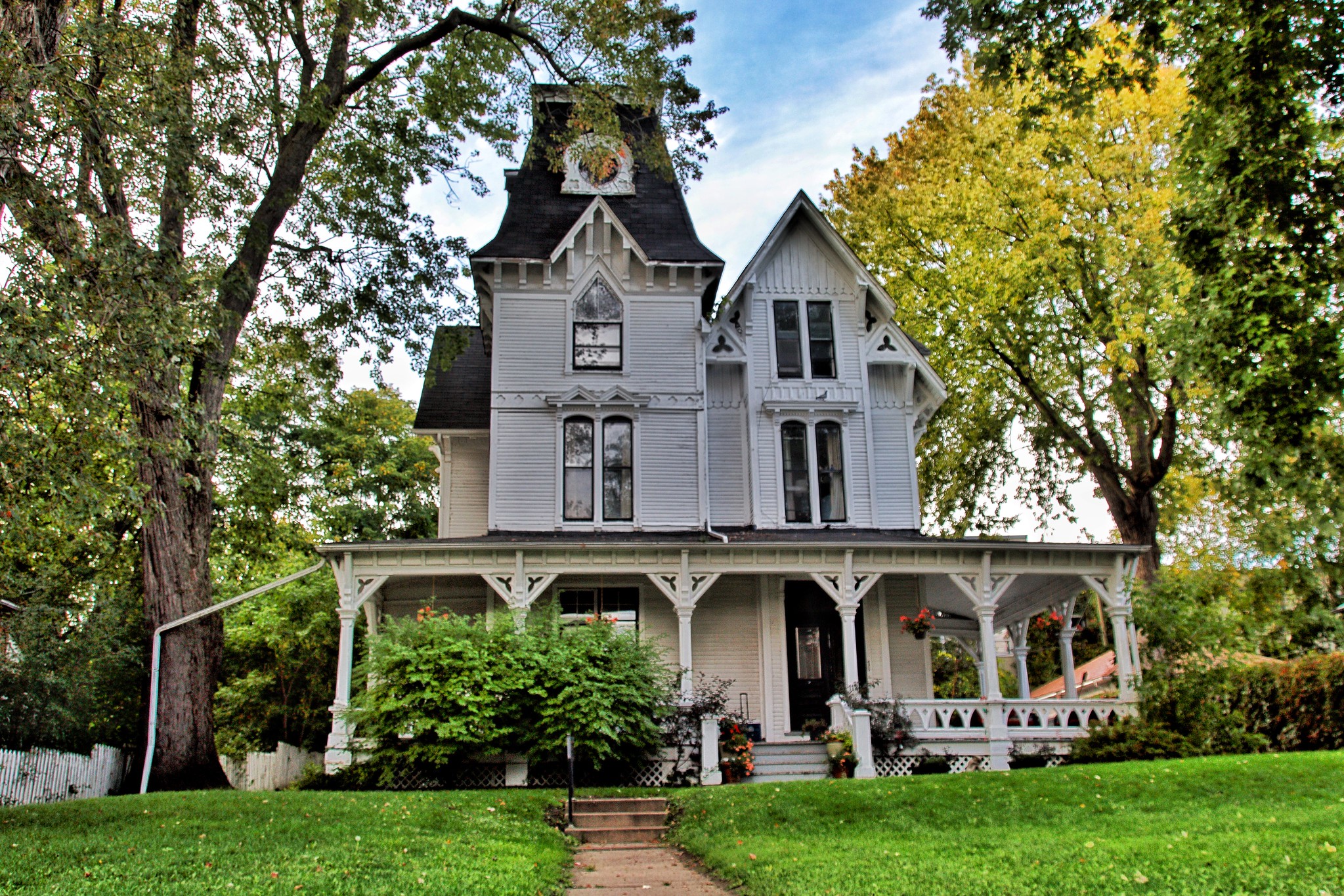
Before Queen Anne’s elaborate turrets took over, these wooden wonders featured exposed structural elements as decoration. Their distinctive linear patterns fell from favor when tastes shifted toward more ornate styles.
Today, few pure examples remain, often hidden under later renovations.
Space Age Bachelor Pad
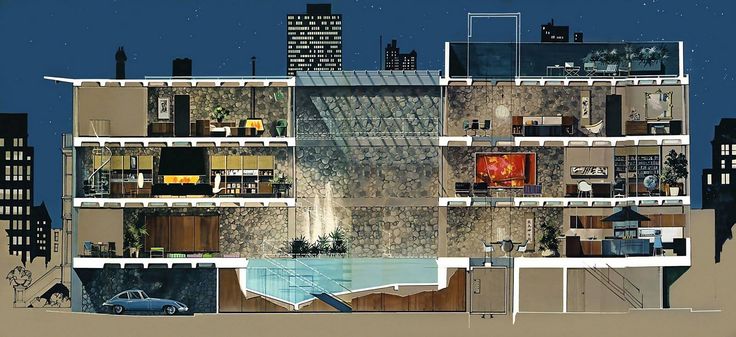
Sunken living rooms, conversation pits, and built-in bars defined this sophisticated sixties style. These homes promised a lifestyle of martinis and modern living until changing social norms made their specialized spaces feel limiting rather than liberating.
Like Go2Tutors’s content? Follow us on MSN.
Corporate Modern
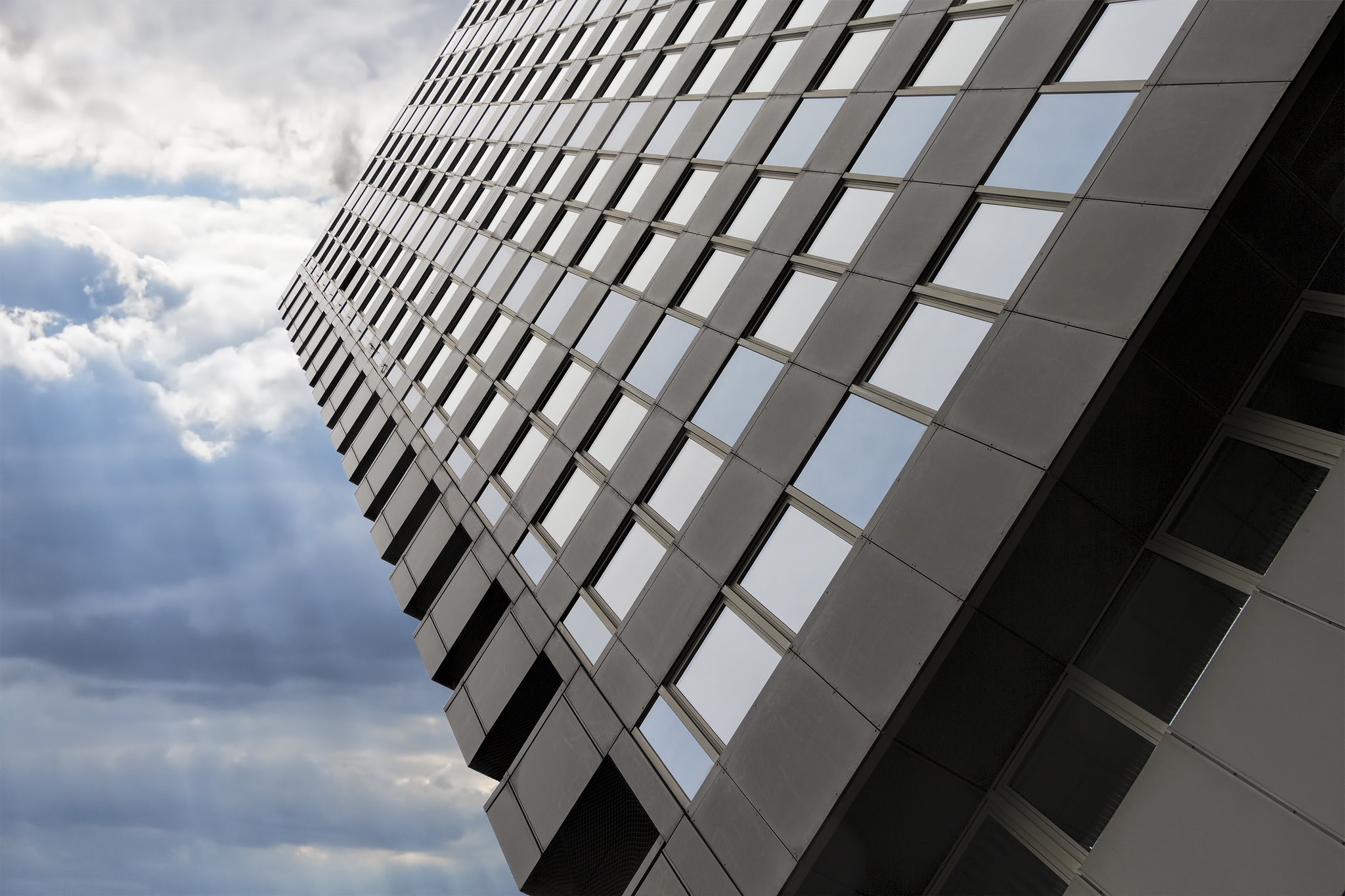
The glass and steel boxes that once represented progress now face demolition or extensive renovation. Their uniform grid patterns and minimal decoration, initially praised for efficiency, created citywide monotony that eventually sparked a backlash.
Mediterranean Revival’s Brief Romance
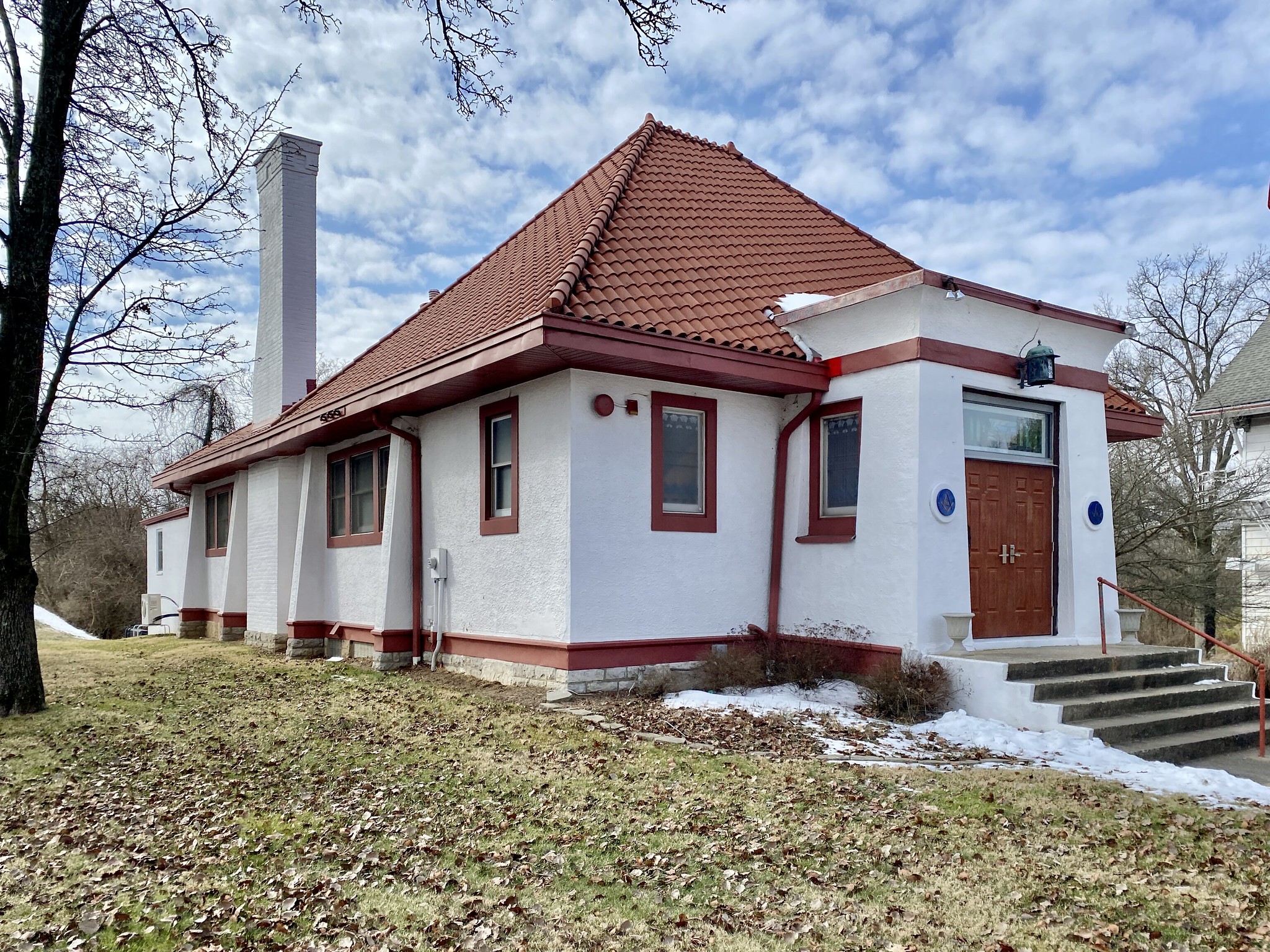
Red tile roofs and stucco walls brought Spanish and Italian flair to American neighborhoods. This romantic style faltered when cheap imitations and poor adaptations to different climates revealed its practical limitations.
Quonset Hut Convenience
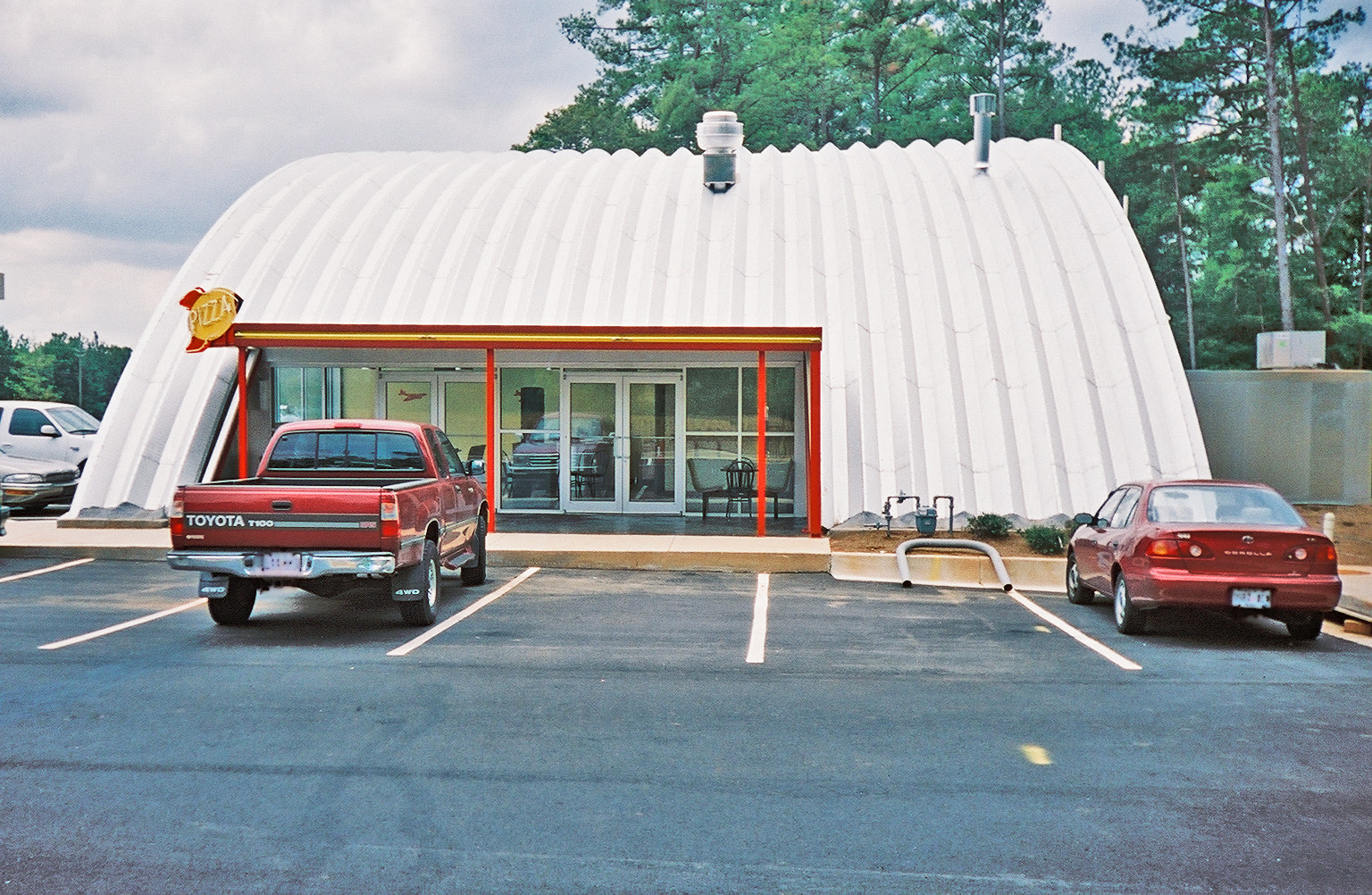
These corrugated steel structures solved post-war housing shortages with military efficiency. Their curved profiles once dotted suburbia before being dismissed as temporary solutions rather than permanent homes.
Like Go2Tutors’s content? Follow us on MSN.
Decorated Shed
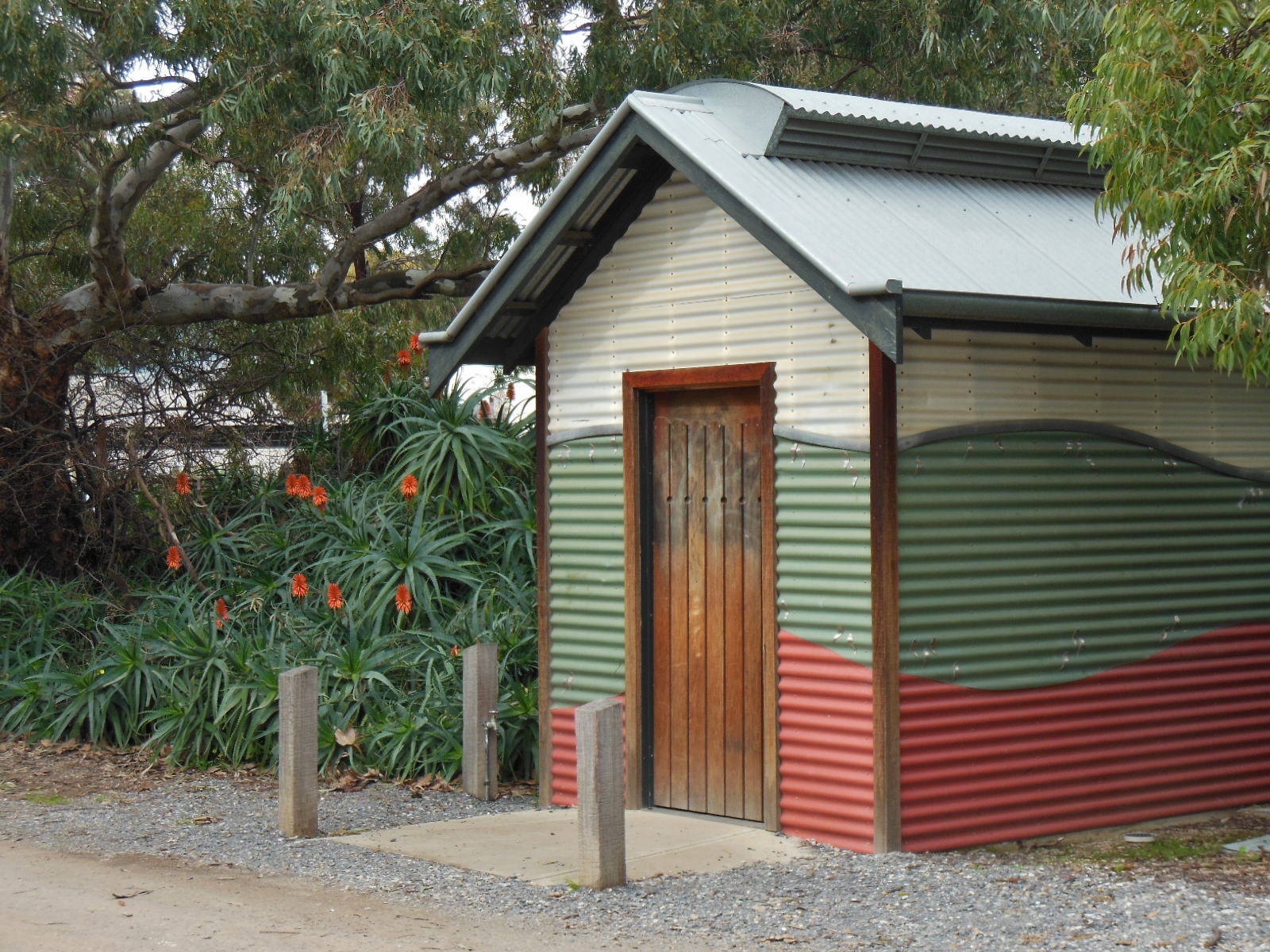
Strip malls and roadside shops wore giant signs and symbolic shapes advertising their purpose. This literal approach to commercial architecture faded as zoning laws and changing tastes demanded more subtlety.
New Formalism’s Grand Gesture
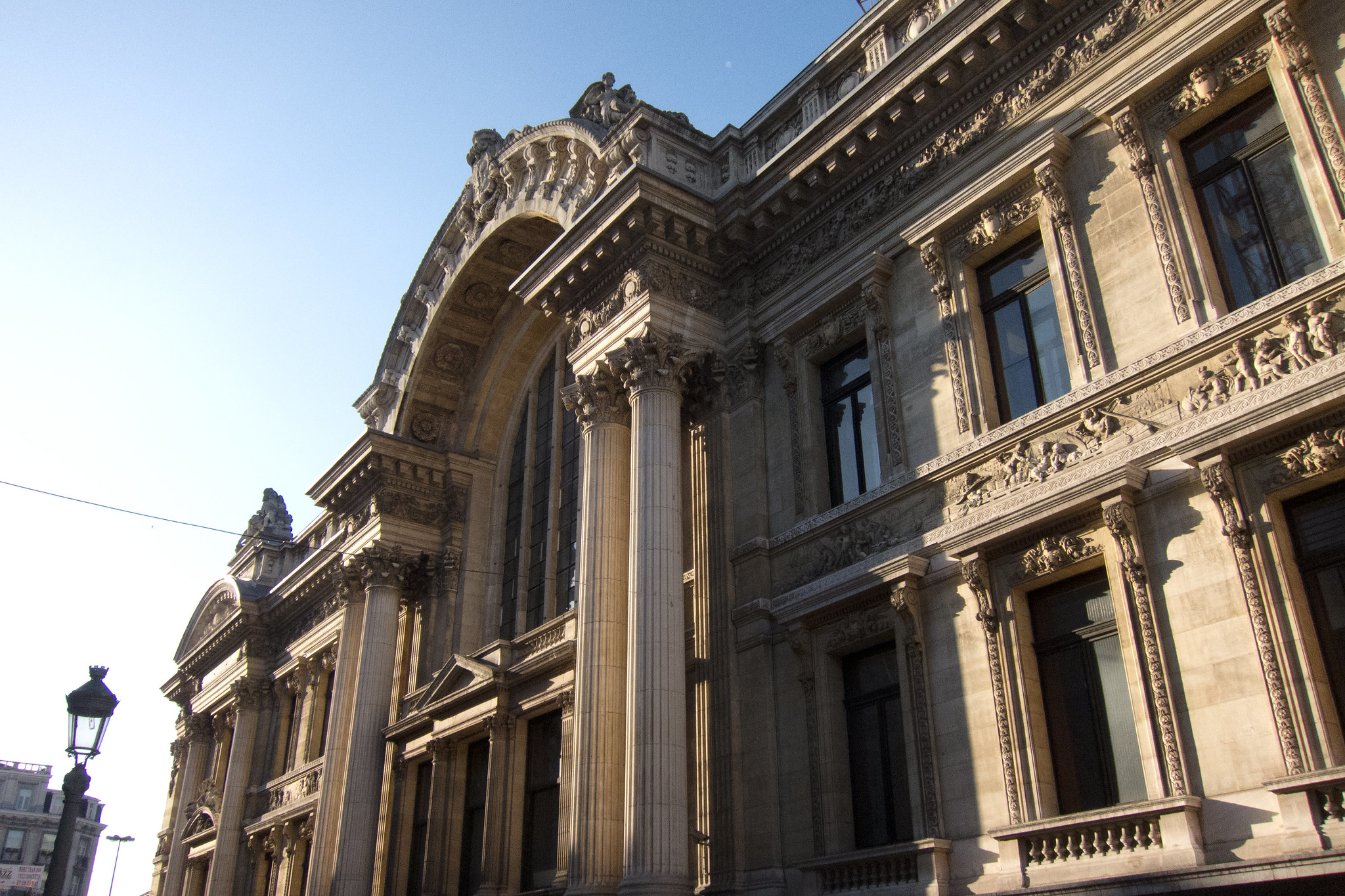
Classical proportions met modern materials in government buildings and cultural centers. These dignified structures fell victim to budget cuts and changing ideas about institutional architecture.
Organic Architecture’s Growth Spurt
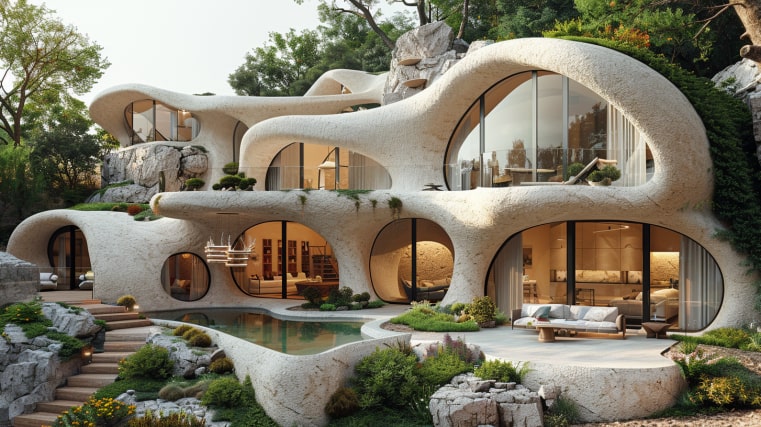
Buildings designed to emerge naturally from their settings captured imaginations but proved difficult to maintain. Their unique forms and materials often faced practical challenges that limited wider adoption.
Like Go2Tutors’s content? Follow us on MSN.
Pop Art Architecture
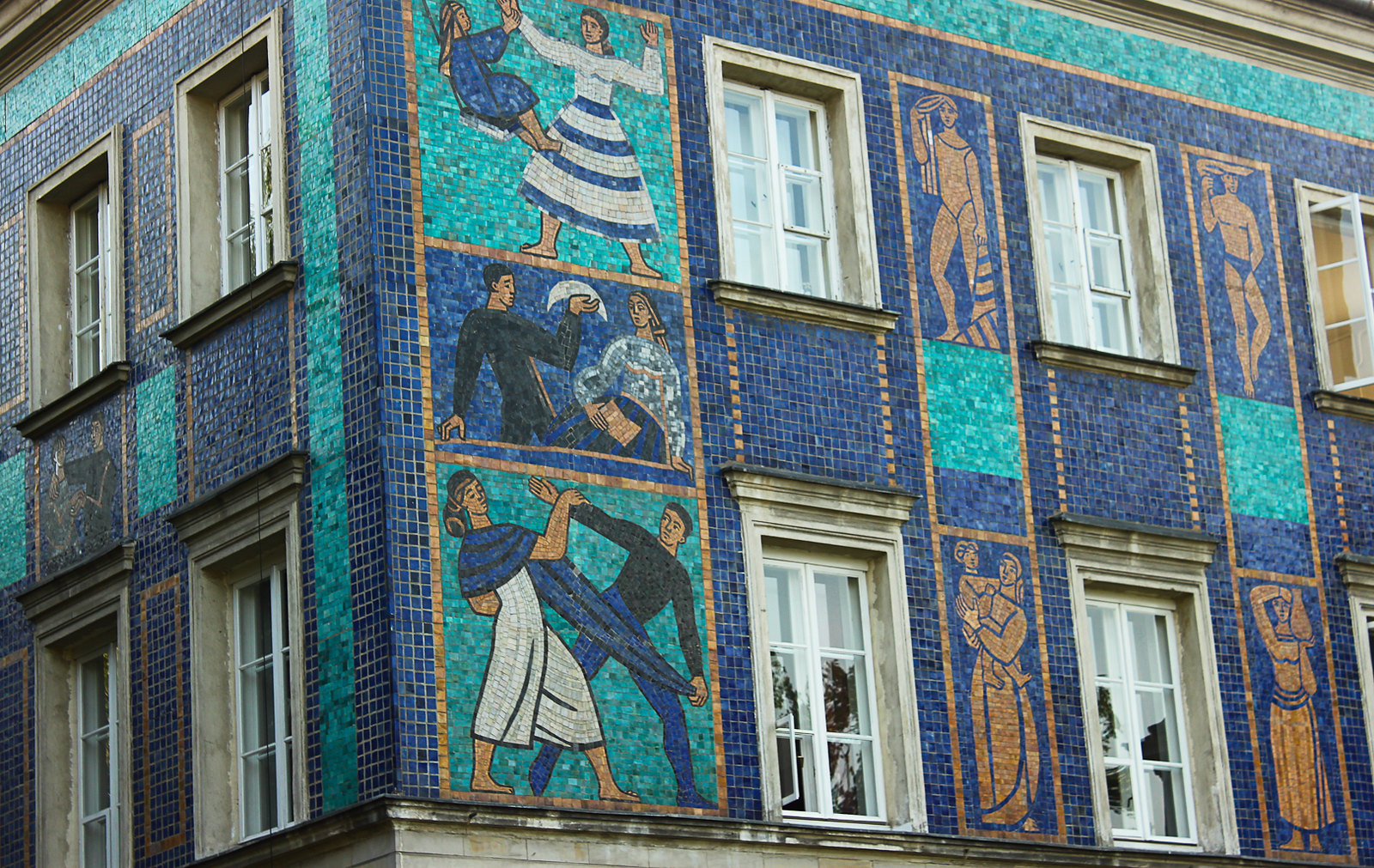
Buildings such as billboard-sized advertisements or giant objects brought humor to commercial strips. This playful approach couldn’t survive changing advertising regulations and maintenance challenges.
Metabolist Movement
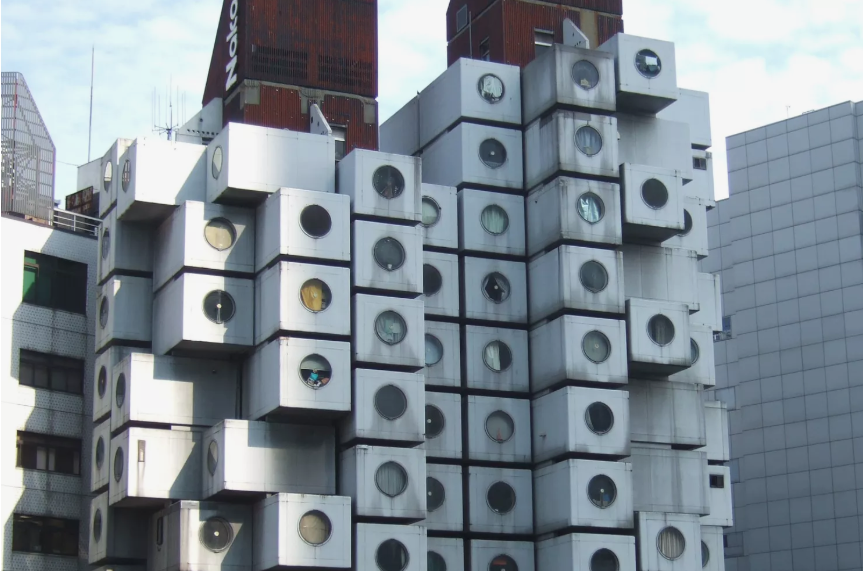
Modular buildings designed for easy expansion captured Japan’s post-war optimism. Their complex systems and distinctive appearance proved too specific to their time and place for widespread adoption.
Third Bay Region Style
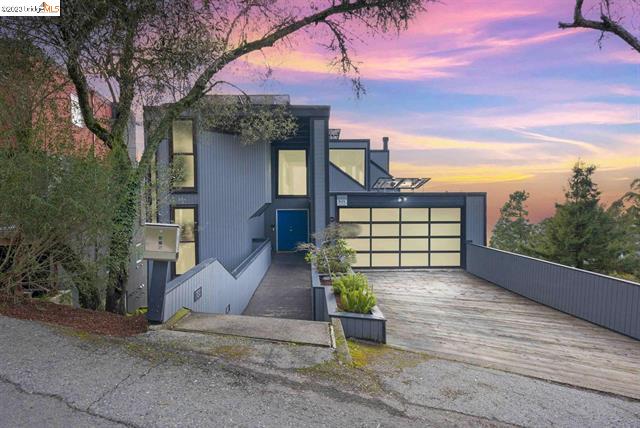
Northern California’s answer to modernism blended natural materials with contemporary forms. This regional style struggled to spread beyond its birthplace, remaining a fascinating architectural footnote.
Like Go2Tutors’s content? Follow us on MSN.
Expressionist Concrete
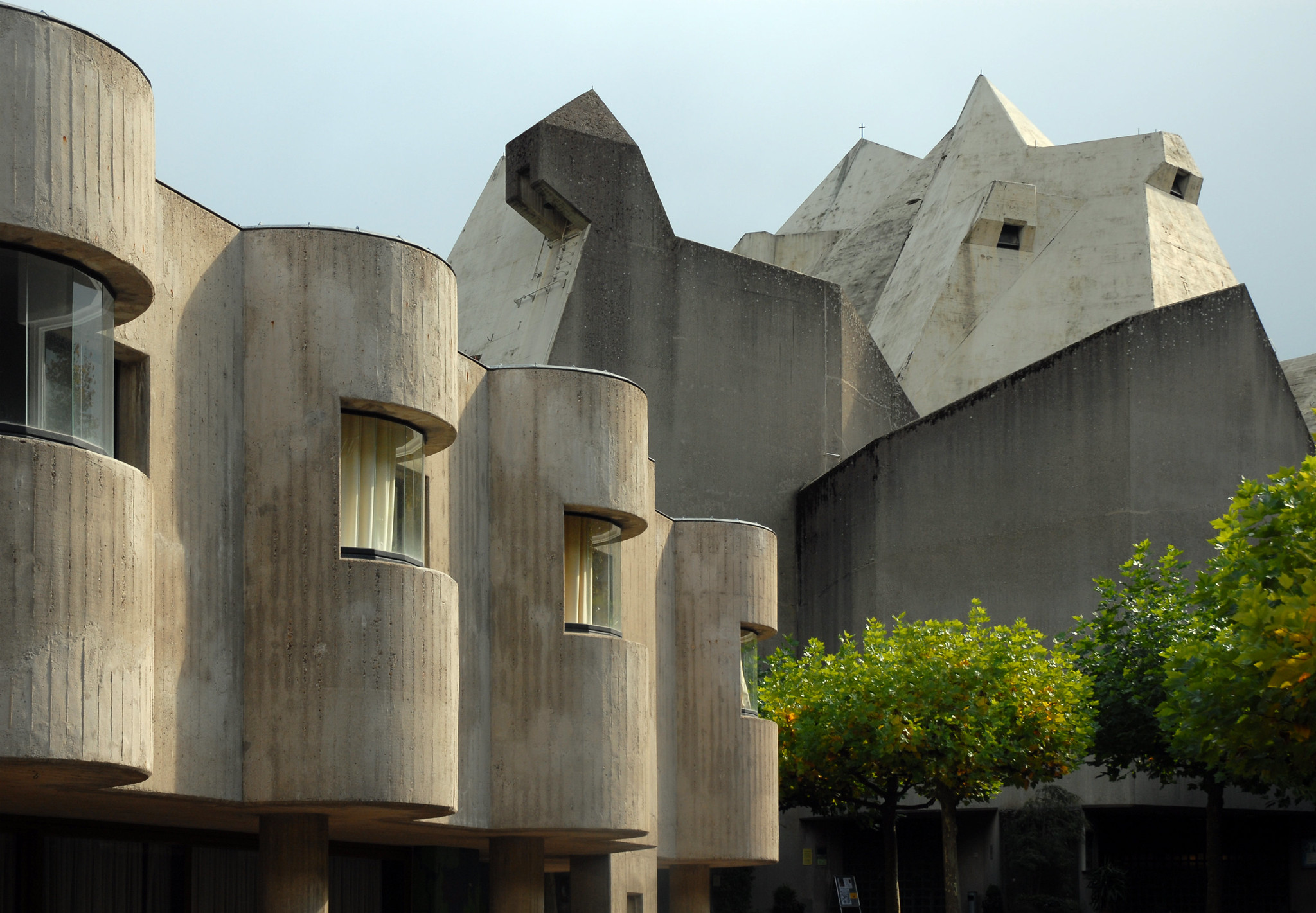
Sculptural forms in raw concrete pushed structural possibilities to their limits. These dramatic structures often proved too expensive and impractical for widespread adoption.
Crystal Palace Descendants
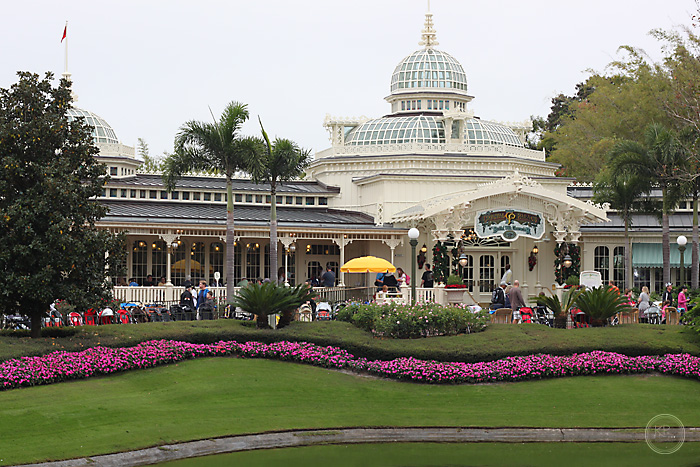
Vast glass and iron structures inspired by London’s Great Exhibition promised year-round gardens but struggled with climate control. Modern energy costs made these transparent temples increasingly impractical.
Pueblo Deco’s Cultural Fusion
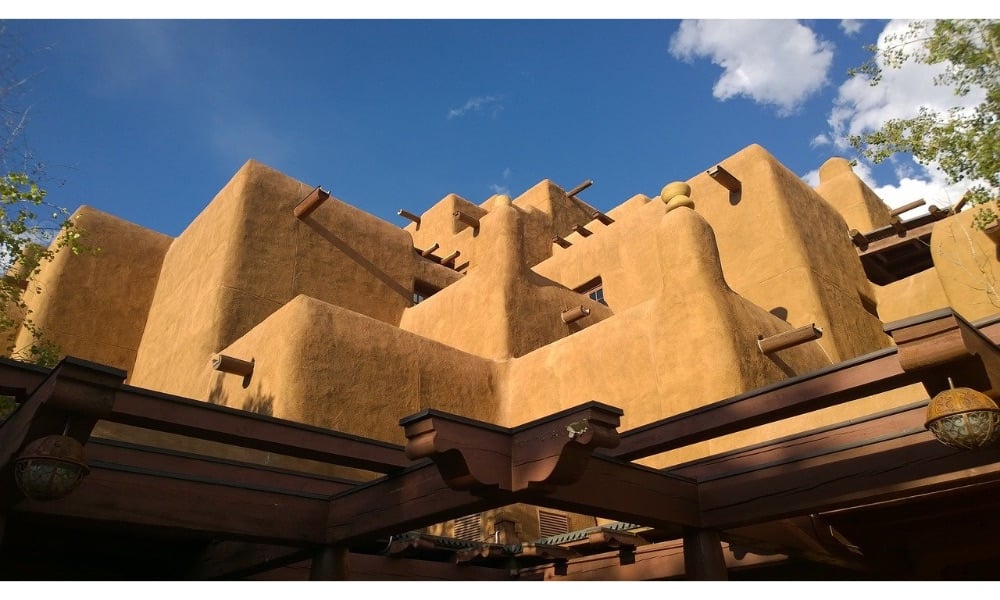
Southwestern architecture took an unexpected turn in the 1920s when Art Deco met Native American motifs. Movie theaters and hotels combined zigzag patterns with indigenous designs, creating a uniquely American style.
Local artisans flourished briefly as their traditional patterns found new expression in modern buildings. This distinctive fusion disappeared almost completely by the 1940s, leaving behind only a handful of stunning examples in cities like Tulsa and Phoenix.
Like Go2Tutors’s content? Follow us on MSN.
The Passing of Styles
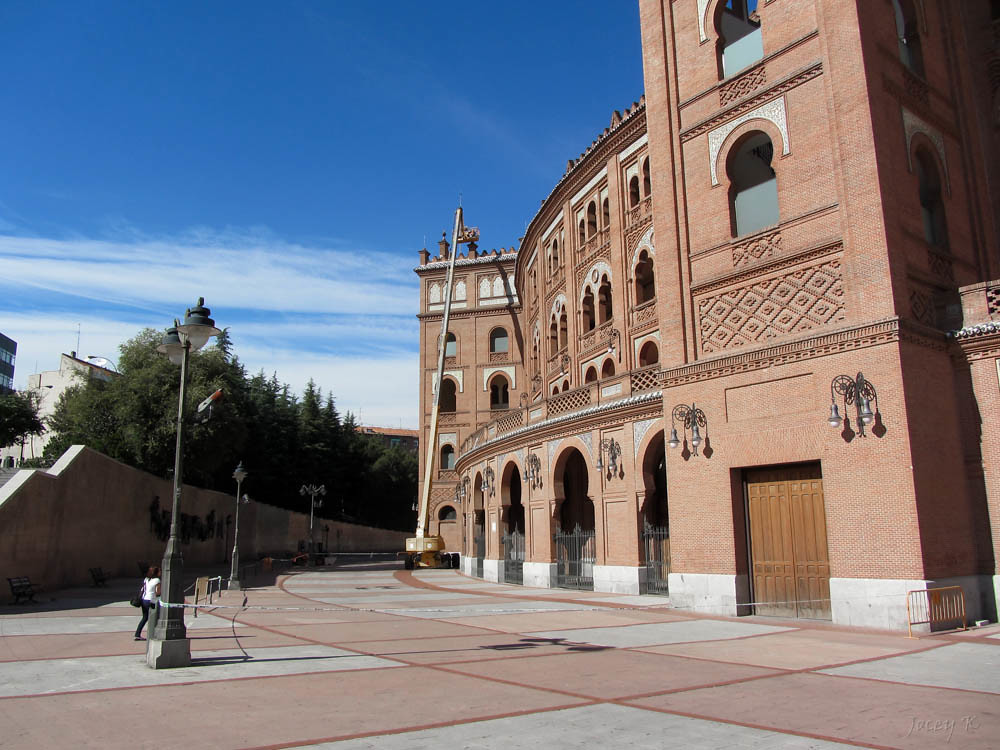
These architectural movements remind us that innovation in building design often faces practical challenges. While some disappeared due to changing tastes, others fell victim to maintenance costs, energy efficiency concerns, or simple practicality.
Yet each left its mark on architectural history, influencing future generations of designers and builders. Their stories teach us that even vanished styles continue to shape our understanding of what’s possible in architecture.
More from Go2Tutors!

- 15 Unforgettable Candy Bars From The 60s and 70’s That Disappeared Too Soon
- 15 Myths About Famous Historical Figures That Aren’t True
- Famous Battles: How Much Do You Really Know About U.S. History?
- 20 Historical Artifacts That Scientists Can’t Explain
- 15 Little-Known Facts About Famous Historical Events
Like Go2Tutors’s content? Follow us on MSN.

